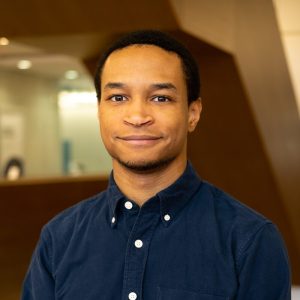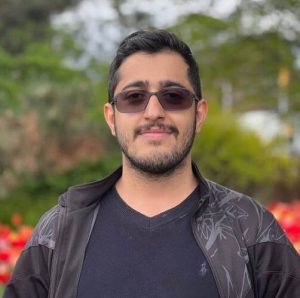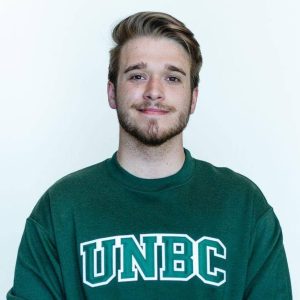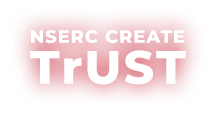Speakers : Garen Simpson (University of Ottawa), Mohammadreza Mohammadpour (University of Ottawa) and Teigan O’Carroll (University of Northern British Columbia)
Date and time : Tuesday, April 15, 1:00 p.m. to 2:30 p.m. (Eastern time)
To attend or to get access to the recording of this seminar, please contact the program coordinator (genevieve.boudreau@inrs.ca).
First talk : Streamlined Photonic Design: A Process Design Kit for III-V Semiconductors, by Garen Simpson (University of Ottawa), 1:00 p.m.

For integrated photonics an essential tool for rapid design and fabrication is a process design kit (PDK), a library of well-defined building blocks from the fabrication center that enables complex integrated circuit design. Silicon benefits from CMOS-compatible processes where it is easy to incorporate PDKs with rules such as minimum features, metallization, and different material stacks. However, Silicon has the downside of increased fabrication complexity for adding light sources and detectors on chip. Monolithic III-V semiconductors such as Indium Gallium Arsenide Phosphide (InGaAsP), have intrinsic advantages compared to silicon, including a direct bandgap and second-order nonlinearity (χ^((2))) crucial for integrating light sources, modulators, and detectors on a single platform. This work presented discusses the importance and methodology of PDK creation. As well as collaboration efforts with Optiwave Systems Inc. to create a component library for integrated photonic devices with a library of components such as waveguides, multi-mode interferometers, ring resonators and more, progressing toward a comprehensive PDK for photonic integrated circuits using III-V semiconductors.
Second talk : Nonlinear Plasmonic Antennas for Bioimaging Applications, by Mohammadreza Mohammadpour (University of Ottawa), 1:30 p.m.

Plasmonic subwavelength antennas play a crucial role in enhancing the resolution of imaging and microscopy processes. By optimizing the antenna design, localized surface plasmon resonances (LSPRs) can be improved, leading to stronger local field enhancement. Controlling the near-field interactions of plasmonic antennas enables precise engineering of both linear and nonlinear electromagnetic field distributions around and within each antenna.
In this project, we analyze the linear and nonlinear plasmonic response of the antenna using the hydrodynamic (HD) model. Our objective is to track bio-organism fluctuations by leveraging their intrinsic ability to emit double-frequency spectral response when excited by visible light. After computing the nonlinear power and its spatial distribution using both the hydrodynamic (HD) and nonlinear scattering theory (NLST) models, the next step is to fabricate an artificial sample that mimics the behavior of a chiral bio-organism. Finally, we will characterize the sample in the lab to analyze the nonlinear response.
Third talk : 3-D printed Terahertz Holographic Optical Elements for Industrial Applications, by Teigan O’Carroll (UNBC), 2:00 p.m.

Terahertz imaging is showing strong potential for non-destructive evaluation in industrial applications, but adoption of the technology has been limited by the cost and speed of THz systems. Our research group previously made progress applying cost-effective continuous wave sources and detectors to the manufacturing of engineered wood products. Density and moisture content are generally the two most critical parameters requiring monitoring in engineered wood product manufacturing, and interferometric measurement of these properties requires high quality beam profiles to achieve sensitive measurements.
The purpose of the research presented here is to design Holographic Optical Elements that will optimize the beam profile for interferometric measurements, improving measurement quality for use in industrial settings. In this presentation, the motivation behind using interferometric measurements will be discussed, followed by the design and fabrication of such elements, and concluding with examples of beam shaping to date using these elements.
For the full seminar series, visit : ultrafast-coast-to-coast.ca.
See you there!


